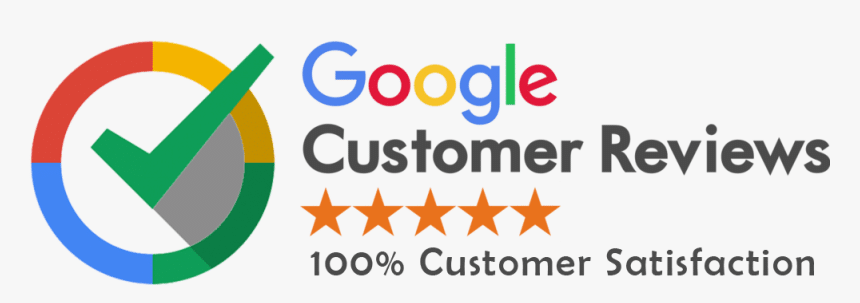Factors for Website Designing to Hold the Attention of Global Audience. Every business is trying its best to get a remarkable place in the world. This is a significant factor in incorporating innovative Website design in Dubai. Website design evolves multiple factors that give it a distinct look.
Add Imperative Features
Dubai Website design requires various necessary features for its recognition. The website should be user-friendly and must have a clear HTML & CSS corroboration test. Be sure a user does not have to place much effort into discovering and navigating a website. You need to make your website elegant enough, simple, and comprehensive for users to approach the site in a simple way.
Effigies of your Website
The existence of your website is necessarily inspired by the graphics, font size, color, style, and content. Font has its own significance, this also appeals to readers through given information on the website, Website Designers Dubai prefers Arial over Times New Roman & Verdana as well. Colors must be fully compatible with the text and easy to read for the reader.
Evaluate the performance of the website
The three specific dynamics that influence the performance of a website are speed, tables, and connections. Mostly, internet users have endless bandwidth and speed too. This is always good to halt web pages in spite of packing the complete page into a single table. If the website is overcrowded users must focus on different browsers but this is harmful.
Kill the Bugs
Web Designing Company concentrates upon body changing of the text to the related font size to minimize the appearance of the bugs, Flexibility is the way for custom Website Development and Web designing in Dubai where clients can simply regulate the font size to the vision requirement. So enjoy all the necessary keys of design from Dubai Website Designers.





